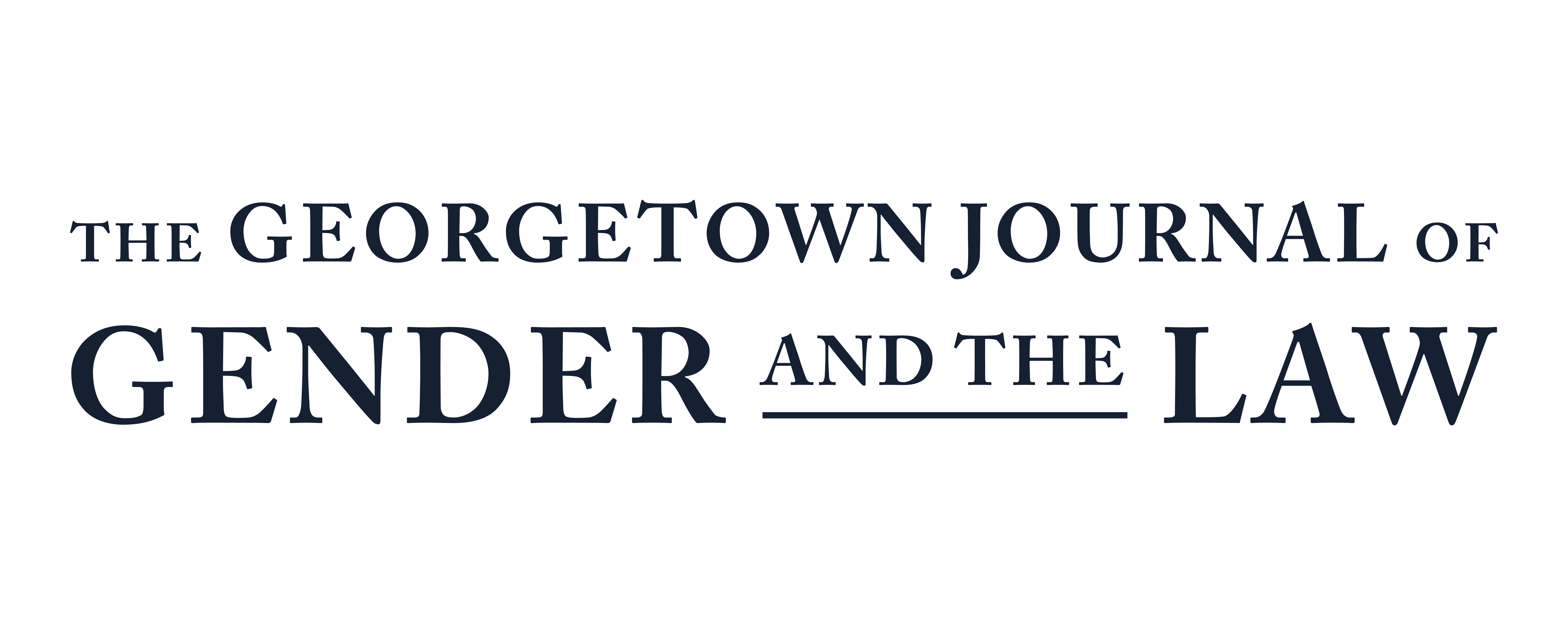Access to Contraception
In the 1965 case Griswold v. Connecticut, the United States (U.S.) Supreme Court struck down a state law that prohibited married couples from obtaining and using contraception as a violation of a marital right to privacy. Through Griswold’s progeny, the Court explained that all individuals, regardless of marital status, have a fundamental right to privacy that encompasses access to contraception. However, although the legal and societal landscape has greatly changed since 1965, many individuals still face a myriad of barriers in accessing contraception. The modern debates surrounding contraception access entail a delicate balancing act between the conflicting rights of various groups: pro-abortion and anti-abortion, health care providers and patients, and employers and employees.
The refueled controversy surrounding contraception, sparked by the Patient Protection and Affordable Care Act’s (PPACA) requirements and cases like Hobby Lobby, continues to drive a national debate over religious freedom, personal autonomy, and access to medical care. The precise extent of the freedom to refuse contraception coverage due to religious objections remains the subject of litigation, particularly in light of the Supreme Court’s 2022 decision in Dobbs v. Jackson Women’s Health Organization, which overturned Roe v. Wade. Although Griswold remains intact under the Dobbs decision, the dissenting
Justices in Dobbs note that the legal justifications for the majority’s decision could destabilize the rights provided under Griswold if challenged in the future. The precise extent of the freedom to refuse contraceptive coverage due to religious objections remains the subject of litigation.
This Article provides an overview of the right to access to contraception, beginning with the definitions of different types of contraception in Part II.A, a summary of the history of the right to access to contraception in Part II.B, and a discussion of recent developments since the passage of the PPACA in Part II.C. Part III discusses barriers to access that people who can become pregnant still face, including refusal clauses and religious opposition in Part III.A, recent efforts to increase or restrict access in Part III.B, and the heightened barriers faced by particular groups in Part III.C.
Access to Contraception AR23
